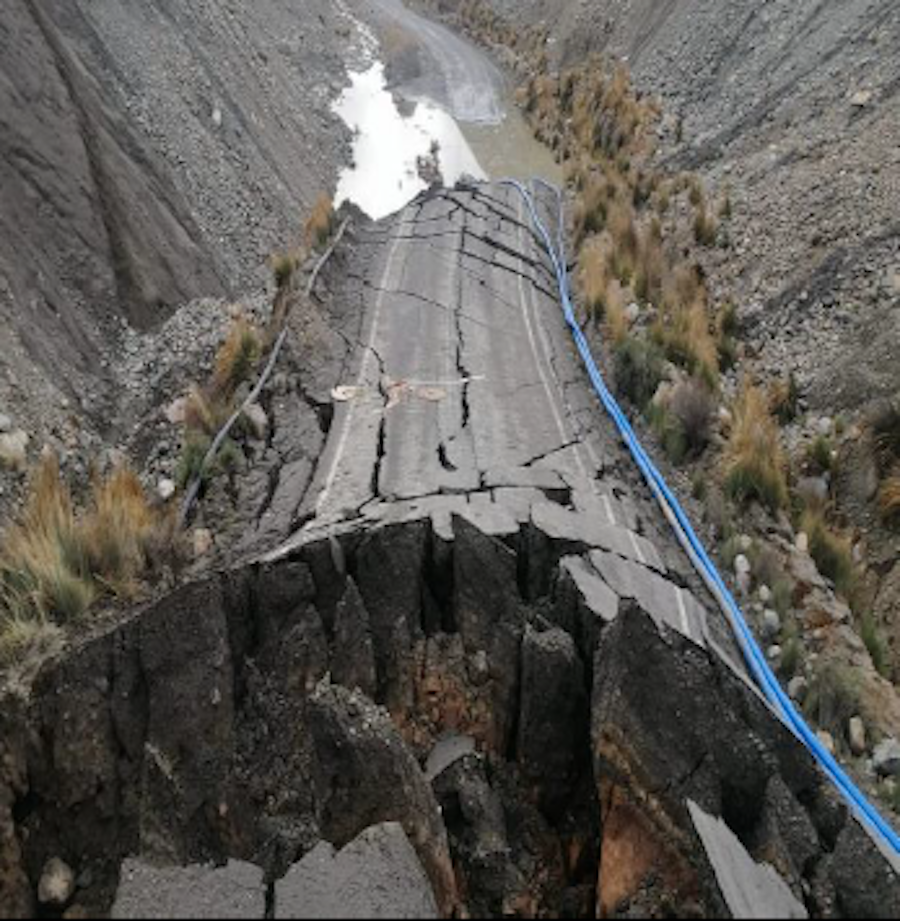
As of Friday, December 3, 2021, emergency crews had identified 10 families who were affected by the breach and reported that 29 homes experienced severe damages. Most of the houses in the area are made of corrugated tin sheets. Municipal clean-up crews are working around the clock to remove the slush from those houses and nearby roads.
In a press release, the Puno regional government and the Regional Office for Risk Management and Security said that following the collapse, a broad inspection was carried out and a number of tailings ponds that were built on the district’s highlands by the local mining cooperatives were identified. They said that such artificial lakes pose a great risk for the people of Ananea.
“To this emergency, we have to add the clogging of the Ananea riverbed and the damages caused to the drinking water catchment area. These situations combined pose imminent dangers to the population,” the statement reads. “We also noticed that mineral exploitation is taking place in a disorderly manner and we are documenting all of this in a report.”
Besides the clean-up crews, machinery from the gold mining cooperatives is being used to fix the road and rechannel the Ananea river.
“No deaths are reported but the damage is extensive and the release heavily contaminated with arsenic and cyanide,” Lindsay Newland Bowker, executive director of World Mine Tailings Failures, said in a media statement. “This is the 13th of 16 expected catastrophic failures for this decade 2015-2024.”
Newland Bowker pointed out that Peru is on WMTF’s high-risk profile list of nations along with Brazil, Angola, Kazakhstan, Kyrgyzstan, Congo, Philippines, PNG, Mexico, Myanmar, India, Poland and Serbia.
“All but two of 13 documented catastrophic failures since 2015 have been in these nations,” she said. “We expect that the overwhelming majority of catastrophic failures will also be in these nations with actuarially very high ratios of catastrophic failures to mineral production.”




